What will automotive life be like in 2030? I spent Monday evening with my nose in our digital archive, looking back eight years for guidance about the situation eight years forward.
Beyond obvious stuff (we will be chest-high in EVs and chargers and plug-in hybrids will need far better electric-only range), I found no nuggets. There will be surprises about how EV motoring is paid for, but for now it’s in the authorities’ interests to avoid specifics about that (if they have any).
One thing I did notice, though, is how much we talked about body and chassis rigidity back then, as if it were something special, like a swanky hi-fi. Nowadays all cars have unimpeachable rigidity, which makes it amusing to recall when they didn’t. With one 1960s Ford (Cortina, I think), you had to avoid parking on uneven ground and opening a door, because you wouldn’t be able to close it again. Creaking noises from the rear of pre-BMW Rolls-Royces were dismissed by snooty salesman as “the leather working, sir”.
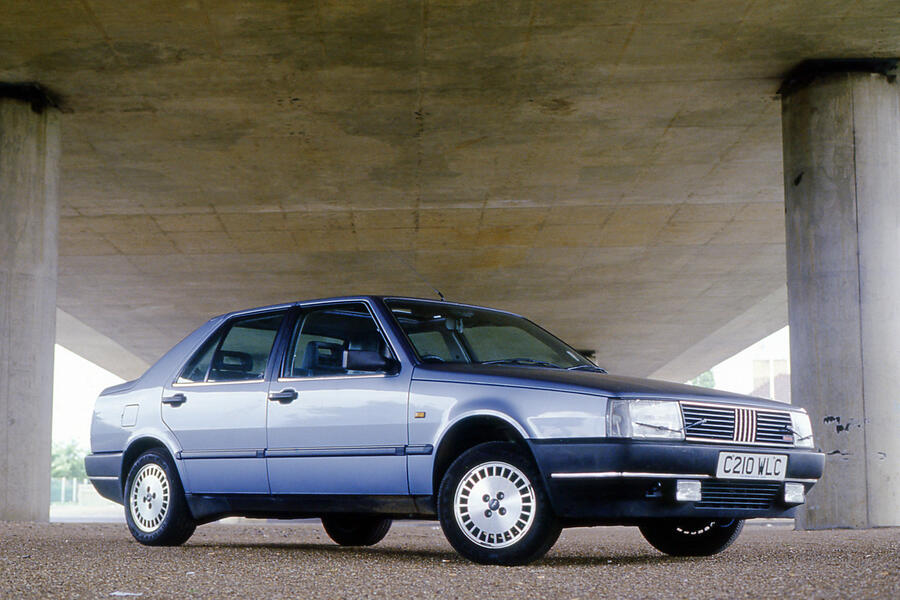
Craziest of all was a quirk of the Fiat Croma and related Lancia Thema, discovered during an action photoshoot: on the limit through a left-hander, their bodies twisted so much that their boots would open. I’m so glad we’ve moved on.
Tuesday
In a long and chequered history of running long-term test cars, I’ve never before moved from one model to another from a similar stable. I did it today, though. My Dacia Sandero Stepway, a doughty ally over 16,000 miles and nine months, has been replaced by a slightly larger Dacia Duster.
I ran the Sandero because it was brand new at the time and we needed the story, but I’m running the Duster now out of naked self indulgence. It’s one of my favourite cars, and I’m looking forward to telling you why.
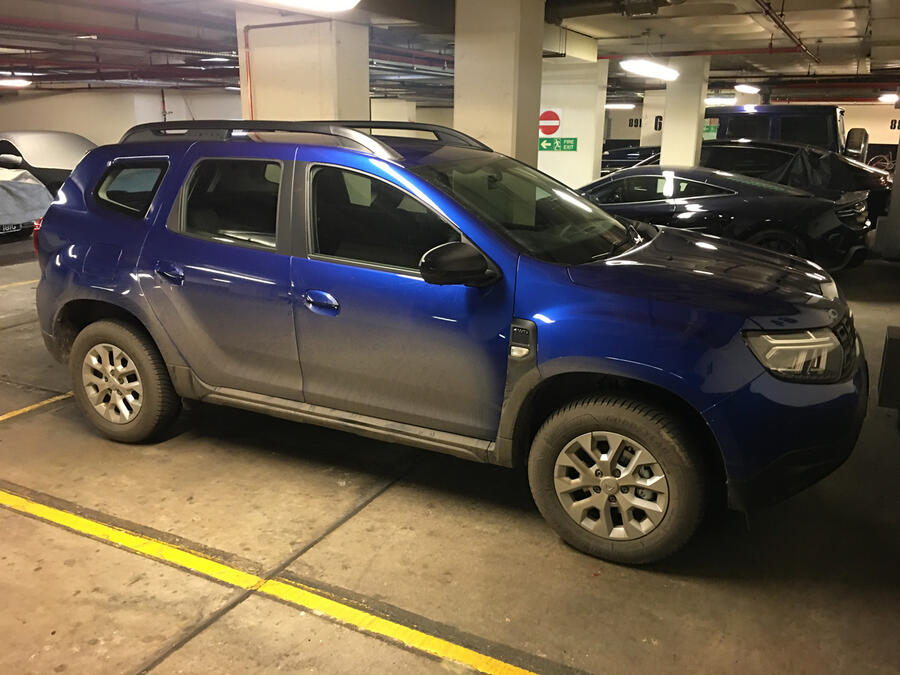





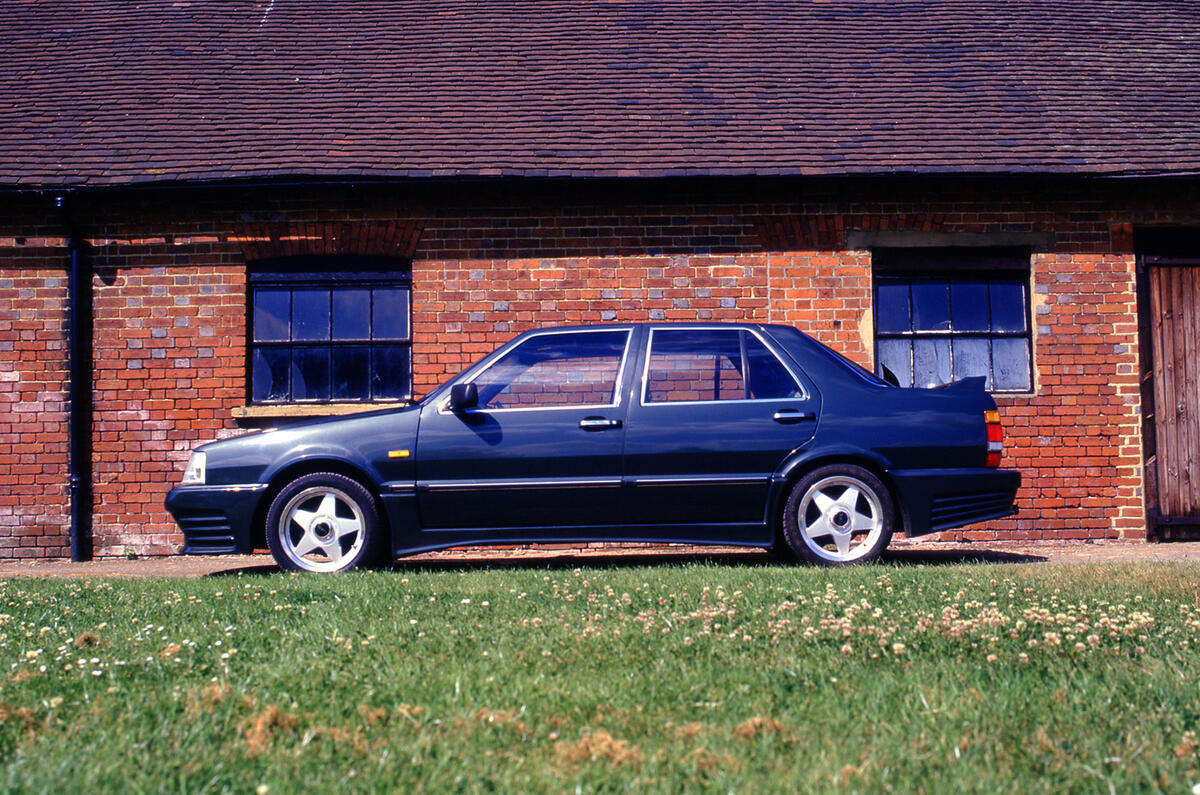
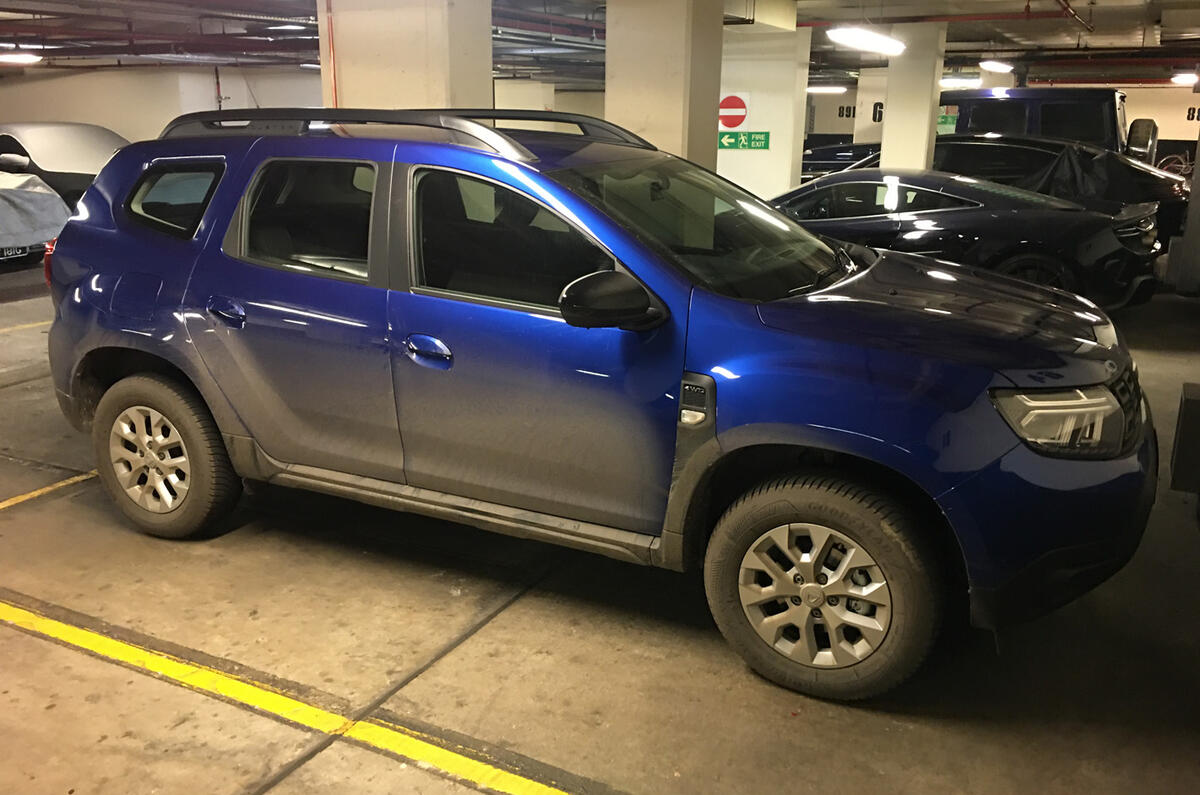



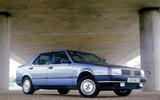
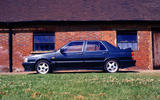








Join the debate
Add your comment
Pretty much everyone agrees on the lane keeping feature. If you drive on small country roads the damned things are dangerous. Even my 9 year old son says "oh for goodness sake, we weren't going to crash" as I silently curse and fumble through the two menus to switch it off, but never before I set off on a journey. Somebody can't admit they're not fit for all circumstances, and they're triggered wrongly more often than rightly.
Dakar rally - I don't think many people care. It's too long, can't be followed well, and not at all tv friendly.
Think the FIA are making a mess of motorsport in general. They appointed Felipe Mass to sort out karting where costs and classes have been out of control for decades, and he's done the square root of sod all. All commercial interests need to be removed unless essential, and the classes brought down to spec karts, engines and tyres for each age range, and bulk contracts to fix costs - cheque book sport that's been fragmented by very poor FIA and National bodies.
Lane keeping assist. Completely agree, on Yorkshire roads it tries to throw you in the hedge!! And the safety NCAP fools (not the car manufacturers) insist it always turns back on and must need 2 presses of any system to turn off! Muppets.